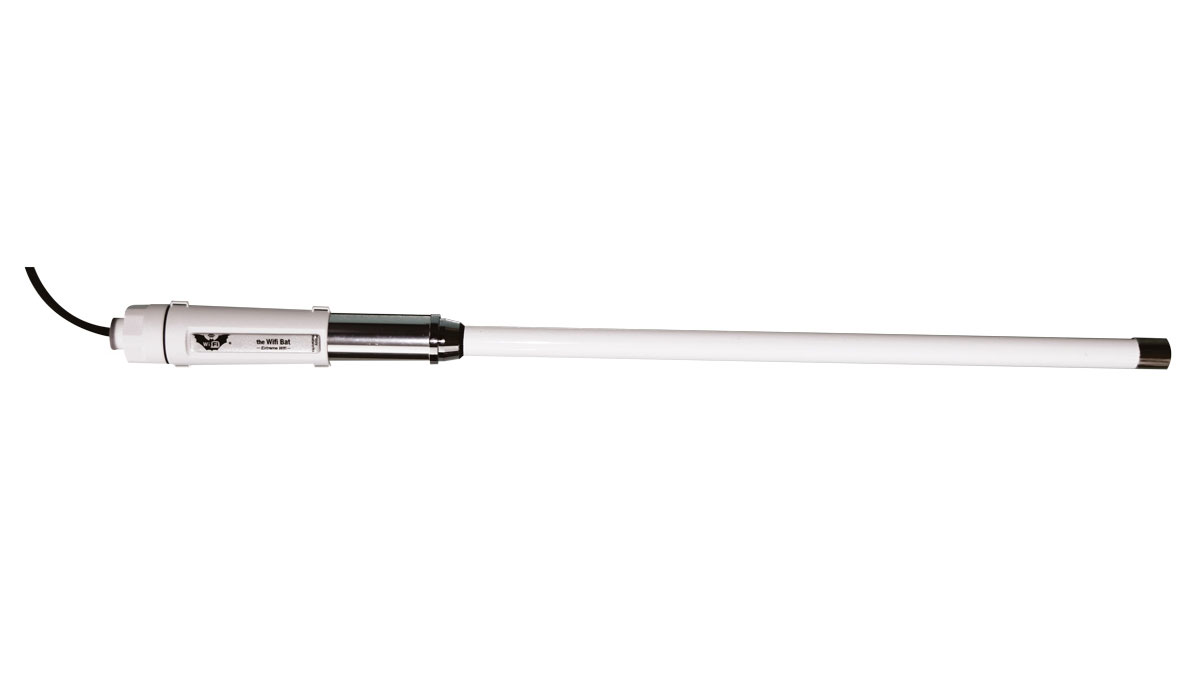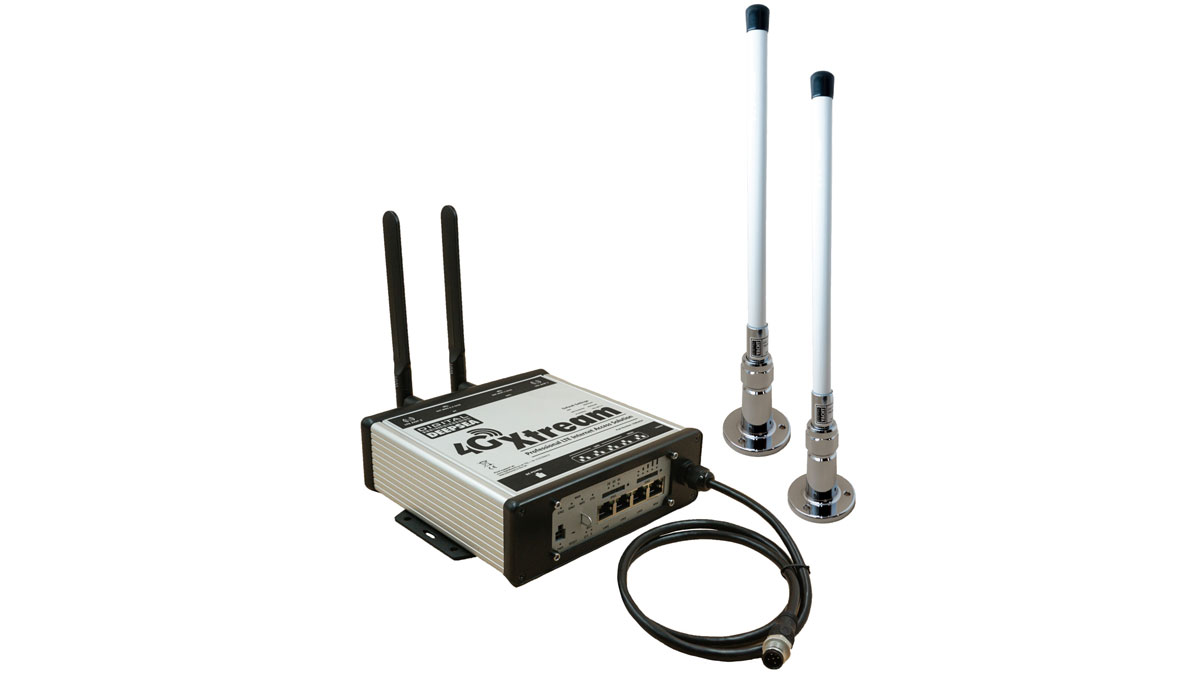Freelance writer Rupert Holmes has been working from on board boats for 20-plus years, across Europe, the Med, Atlantic islands and Caribbean. He shares his top remote working tips…
There are three key elements needed for reliable remote working: adequate charging systems, a good data connection and protection for your kit.
Remote working kit: charging systems
Charging equipment has become much easier – in the past decade the power drawn by processors has dropped, while today’s solid state drives (SSDs) consume only a fraction of the power used by old spinning hard disk drives.
The cost of solar power has also plummeted. In my experience in an 80W coachroof mounted solar panel will provide enough power for a day’s work on a laptop in summer, though you’ll need more if you also keep a fridge or other power hungry equipment running.
For more on this, read our guide to setting up boat solar panels, or YBW’s guide to the best boat solar panels.
Data protection
Data has also become cheaper and more widely available, although this hasn’t always been a smooth process. Although there are a few excellent examples I try to avoid a situation where I need to rely on marina WiFi networks.
Often the signal is badly degraded (a problem associated with lots of yacht masts) and some are frustratingly slow by today’s standards, yet still expensive. Having said that, a WiFi extender with external antenna such as Mailasail’s Wifi Bat can help enormously.

Many parts of the UK’s coast are still poorly served by mobile data networks, so when turning up to a new harbour as a visitor you have no guarantee that tethering your mobile phone to your laptop will do the business.
Hoisting the handset up the rig and using a bluetooth headset/wifi to connect to it, as we did in Starehole Bay, may be enough to speed up data transfer.
I connect the phone to a small battery pack to ensure it lasts the day. A far better option is a properly installed system with decent antenna, which will always outperform a handset (or conventional mifi unit).

This is where systems such as Digital Yacht’s 4G Connect or 4GXtream are a game changer. When the latter’s large high-gain external antennas are mounted high on the spreaders, it enables them to amplify weak signals to the extent that fast upload/download speeds can be achieved 20-plus miles from a mobile phone mast.
The 5G network is unlikely to improve the situation. The higher frequency and therefore shorter wavelength used for 5G enables more data to be encoded in the signal, but range is reduced relative to 4G communications.
For more on this, read our guide about how to get WiFi on your boat.

Remote working kit protection
Finally, don’t forget that items critical for your work may need more protection on board than in an on-shore environment. My phone is always in a military spec impact and water resistant case, while my laptop only leaves the boat in a dry bag – transferring to either a pontoon or to a dinghy are operations with potential risk.
I tend to go for a belt and braces approach, with a lightweight dry bag for the laptop, which then joins the phone in a bigger and more substantial dry bag. My go-to source for sensibly priced dry bags is Lomo Watersports in Glasgow.
Buy the Lomo Watersport 30L drybag on Amazon
For more information, check out MBY’s guide to the best waterproof phone cases on the market right now.




